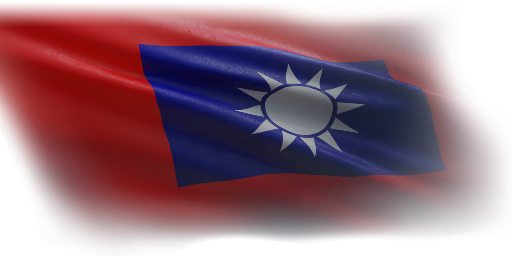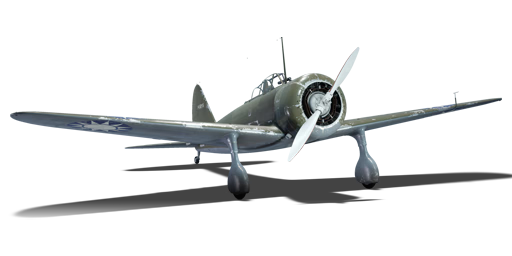




The Ki-27 otsu (China), officially known as 中島 九七式戦闘機乙型 or by its Allies codename Nate, was one of the major type of fighters served in IJAAS during the early stages of 2nd Sino-Japanese War and been used by both factions of Chinese armed forces. As the replacement of previous Ki-10 biplane after IJAAS saw the potential of IJNAS's A6M, although still being manoeuvrable at the early stages, the major loss in Khalkhin Gol made IJAAS retired all Ki-27, leaving them as reserve aircraft of the puppet state of Manchuria; while the lack of spare parts and more advanced Japanese-captured/US Aid aircrafts didn't leave Ki-27 a chance as fighters for the Nationalist forces, the Communist side made good use of them as trainer aircrafts for engineers and pilots.
Introduced in Update 1.91 "Night Vision" with the Chinese tech tree; it performs exactly like its Japanese counterpart with excellent maneuverability, but players need to pay extra caution on any aircrafts with better engine or with higher energy (i.e. at higher altitude), preying on targets which have been baited into lower altitude can earn quick victories on them or helping to disable them for kill assists.
flaps
flaps
flaps
brake
control
| Belt | Belt filling | Armor penetration (mm) at a distance: | |||||
|---|---|---|---|---|---|---|---|
| 10 m | 100 m | 500 m | 1000 m | 1500 m | 2000 m | ||
| T/AP/IAI/AP/I | 13 | 12 | 7 | 3 | 2 | 0 | |
| T/AP/IAI/AP | 13 | 12 | 7 | 3 | 2 | 0 | |
| T/T/T/AP | 13 | 12 | 7 | 3 | 2 | 0 | |
| I/AP/AP/AP/IAI | 13 | 12 | 7 | 3 | 2 | 0 | |












Flight performance | |
|---|---|
Survivability |
|---|
Weaponry |
|---|